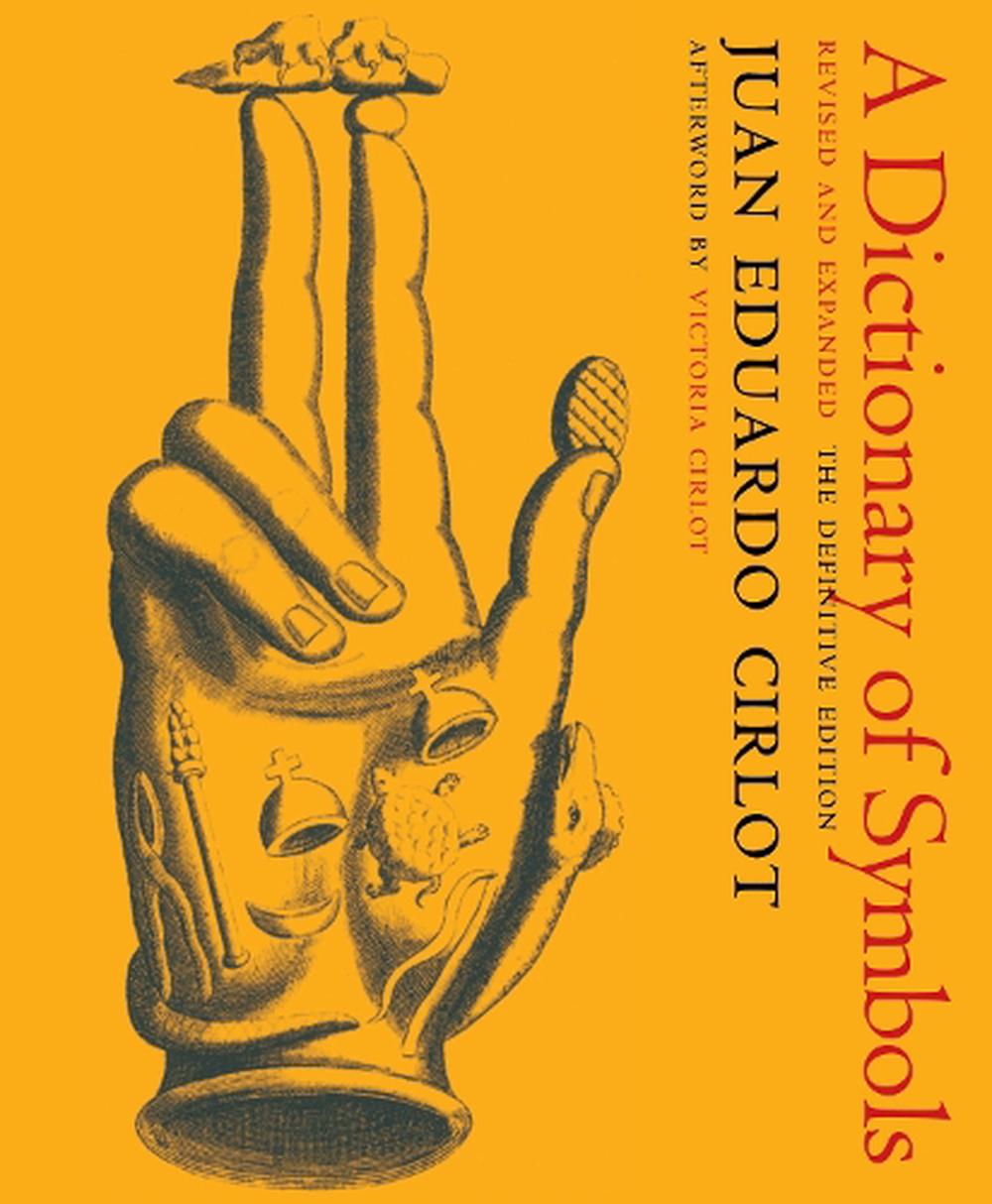
A Dictionary of Symbols
dictionary of symbols, a
$48.00
- Paperback
528 pages
- Release Date
28 September 2020
Summary
Unlocking the Language of Symbols: A Comprehensive Dictionary
From ancient Egypt to the modern Orient, symbols have been vital to knowledge and civilization. In the West, symbolic thought shaped medieval art and influenced the Renaissance and Baroque periods, gaining new significance with the discovery of the “unconscious” in the 20th century.
Juan Eduardo Cirlot’s Dictionary of Symbols, first published in 1958, has become an indispensable resource for scholars and …
Book Details
| ISBN-13: | 9781681371979 |
|---|---|
| ISBN-10: | 1681371979 |
| Author: | Juan Eduardo Cirlot |
| Publisher: | The New York Review of Books, Inc |
| Imprint: | NYRB Classics |
| Format: | Paperback |
| Number of Pages: | 528 |
| Release Date: | 28 September 2020 |
| Weight: | 886g |
| Dimensions: | 45mm x 217mm x 66mm |
You Can Find This Book In
What They're Saying
Critics Review
”[Cirlot’s] book is not merely a reference work for students of symbology, but a book to be read at leisure. It does indeed provide informative and interesting reading. The longer entries can be read as independent essays, but it is only by reading through the volume steadily that one can become aware of the intricate interrelations of symbolic meanings.” –Catherine D. Rau, The Journal of Aesthetics and Art Criticism “[This] is a volume which can either be used as a work of reference, or simply read for pleasure and instruction. There are many entries in this dictionary–those on Architecture, Colour, Cross, Graphics, Mandala, Numbers, Serpent, Water, Zodiac, to give a few examples–which can be read as independent essays. But in general the greatest use of the volume will be for the elucidation of those many symbols which we encounter in the arts and in the history of ideas. Man, it has been said, is a symbolizing animal; it is evident that at no stage in the development of civilization has man been able to dispense with symbols.” –Herbert Read
About The Author
Juan Eduardo Cirlot
Juan Eduardo Cirlot (1916-1973) was a poet, art critic, hermeneutist, mythologist, and musician. He wrote several books on the history and theory of art, published several poetry collections, and composed music.
Philip Pullman is the author of the trilogy His Dark Materials, the third book of which, The Amber Spyglass, was the first children’s book to win the Whitbread Book of the Year Award in the UK. His most recent novel is The Book of Dust- La Belle Sauvage, the first book in a new companion trilogy to His Dark Materials. He lives in Oxford, England.
Valerie Miles, an editor, writer, and translator, co-founded the literary journal Granta in Spanish and also established the NYRB Classics series in Spanish. She curated the first exhibition dedicated to Roberto Bolano’s archive papers. She is author of A Thousand Forests in One Acorn. She lives in Barcelona, Spain.
Victoria Cirlot, is a medieval scholar and professor of Romance Philology at Pompeu Fabra University in Barcelona. Her recent books include La visi n abierta, Del mito del grial al surrealismo and Grial. Poetica y mito.
Returns
This item is eligible for free returns within 30 days of delivery. See our returns policy for further details.




